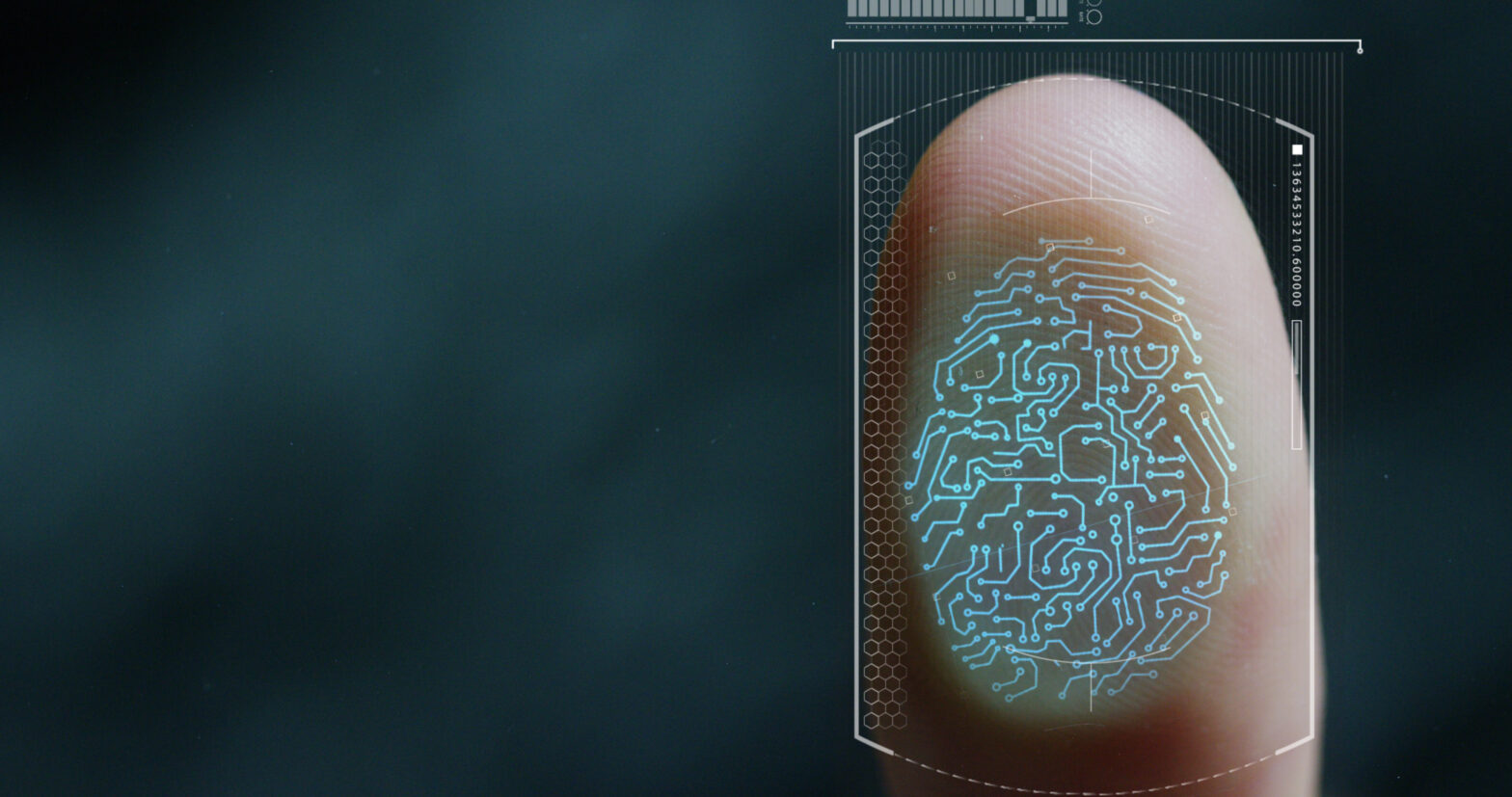Most people associate biometrics with fingerprint verification or facial recognition on a smartphone or facial recognition at an airport – but it has the power to be so much more. In addition to physical features, such as fingerprints or retinal scanners, biometrics can also analyse behavioral patterns, such as how fast a consumer scrolls through a webpage.
Biometrics simplifies and speeds up the consumer identity verification process. But most importantly, all of this happens behind the scenes, resulting in a seamless experience for consumers.
>See also: Concerned about GDPR compliance? Look to biometrics
In the constant on-the-go environment, consumers expect a hassle-free user experience, no matter what. And while there is no silver bullet for fraud detection and prevention, there are multiple strategies businesses can implement to safeguard consumers – one of which is biometrics.
Using biometrics creates an easier experience
Most consumers rely on a password to protect their online accounts. But consider how many online accounts the average consumer has and how many password combinations one must remember – It could be hundreds! Passwords also require constant resetting (a cost to companies) and more complex combinations (inconvenient for customers).
Biometrics minimises the need for password protection and can help create a hassle-free, safe online experience. With the ability to rely on consistent behavioral patterns and physical features, biometrics removes the burden from the consumer to have to change passwords or alter security measures to protect their accounts.
>See also: VISA initiative looks to help banks integrate biometrics
Additionally, biometrics are behind-the-scenes in nature, causing online systems to be less obtrusive as it utilises actions, such as keystrokes and mouse movement to determine if the individual is a legitimate consumer or a fraudster or automated bot. Physical biometrics work in a similar way in that it focuses on human characteristics to protect individuals by observing qualities such as fingerprints, vocal patterns and retinal scanning.
An effective multilayered approach includes biometrics
With the shifting nature of fraud attacks, industry leaders agree that a combination of fraud tools is the most successful strategy to safeguard information. Biometrics, combined with other fraud prevention tools, like security and e-mail questions, provide a safe and convenient online experience.
For example, when an individual enters their credentials into an account, it typically requires two things: a password and/or a token device (smart card, smart phone, etc.), so if a fraudster gained access to the password and device, the account would be compromised. This exact situation has made many accounts highly susceptible to fraudulent activity in recent years. Now, however, biometrics have complicated the task for fraudsters.
>See also: Biometric banking gaining popularity with UK customer
Since both physical and behavioral biometrics rely on traits only the owner of the account can possess, like a fingerprint or unique keystroke patterns, fraudsters are less likely to gain unwarranted access to online accounts.
The fraud environment is constantly changing, and biometrics will play an important role in the future of fraud prevention. Its ability to help businesses work behind the scenes to authenticate consumer identities is paramount to creating a positive experience for the consumer.
But, it’s important to keep in mind that businesses should leverage multiple strategies to keep consumers safe. At the end of the day, the goal for all businesses should be to protect the consumer and their information. And by adding biometrics to their existing fraud prevention strategies, businesses will be able to meet that goal with confidence.
Sourced by Kathleen Peters, global senior vice president, product management, Fraud and Identity, at Experian







